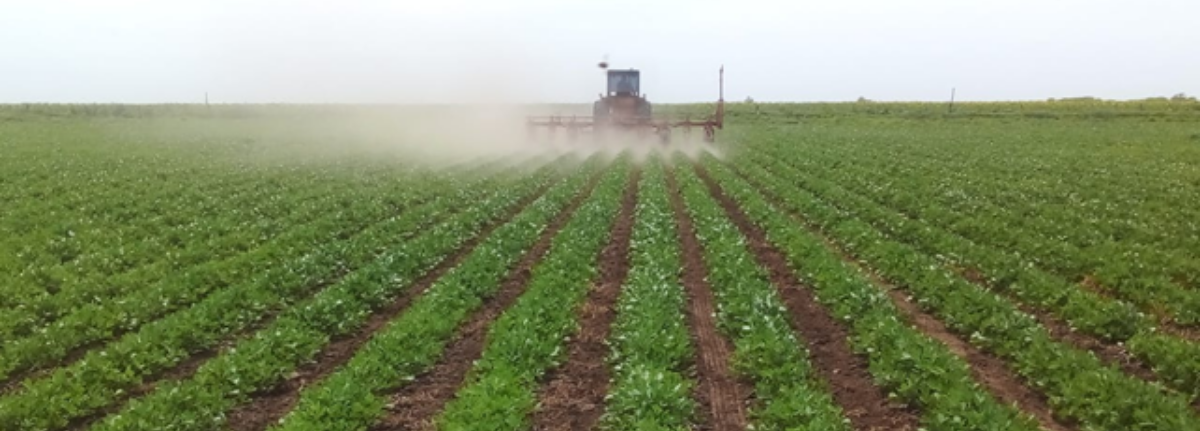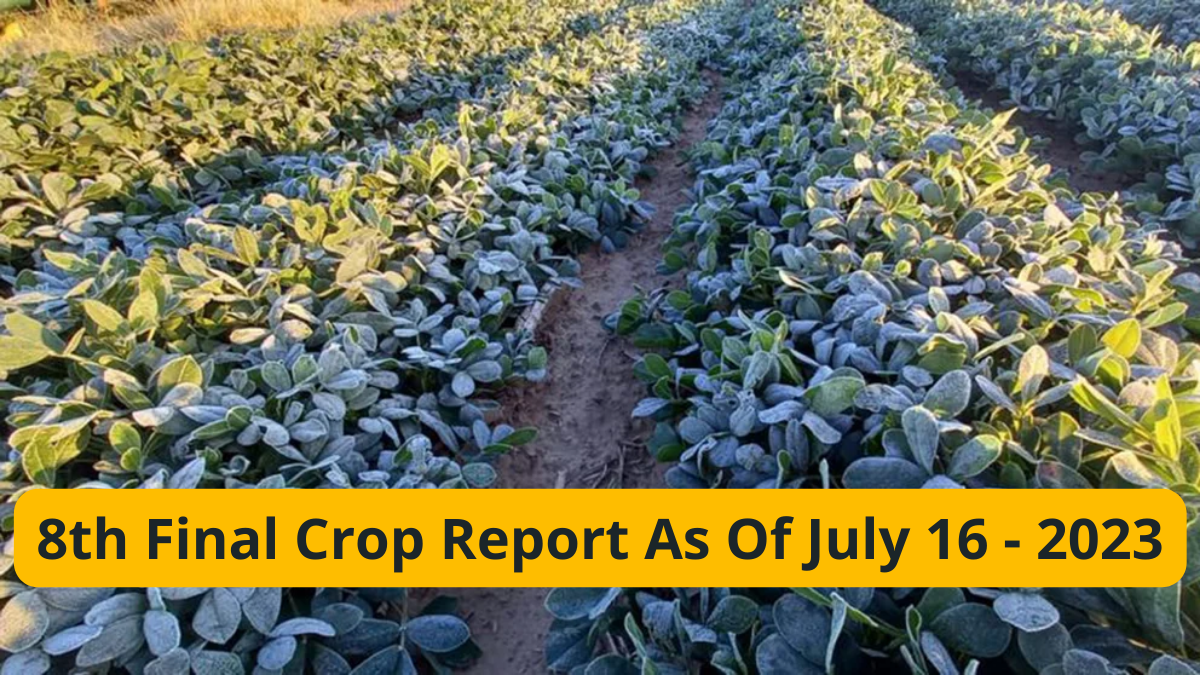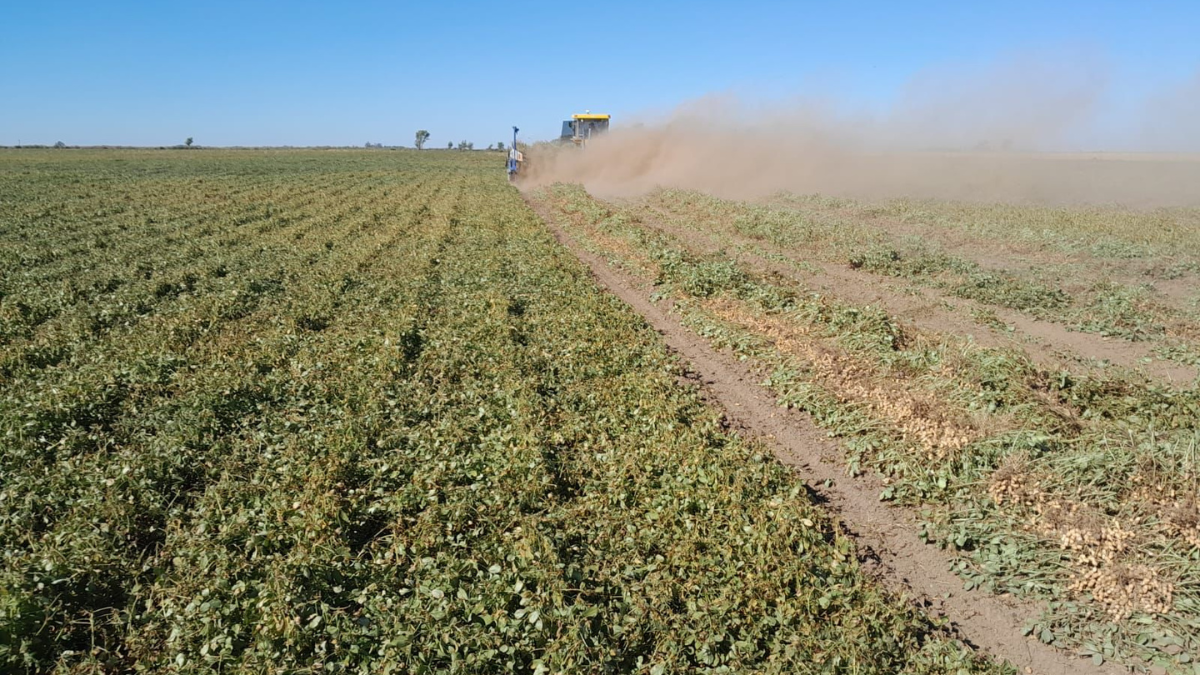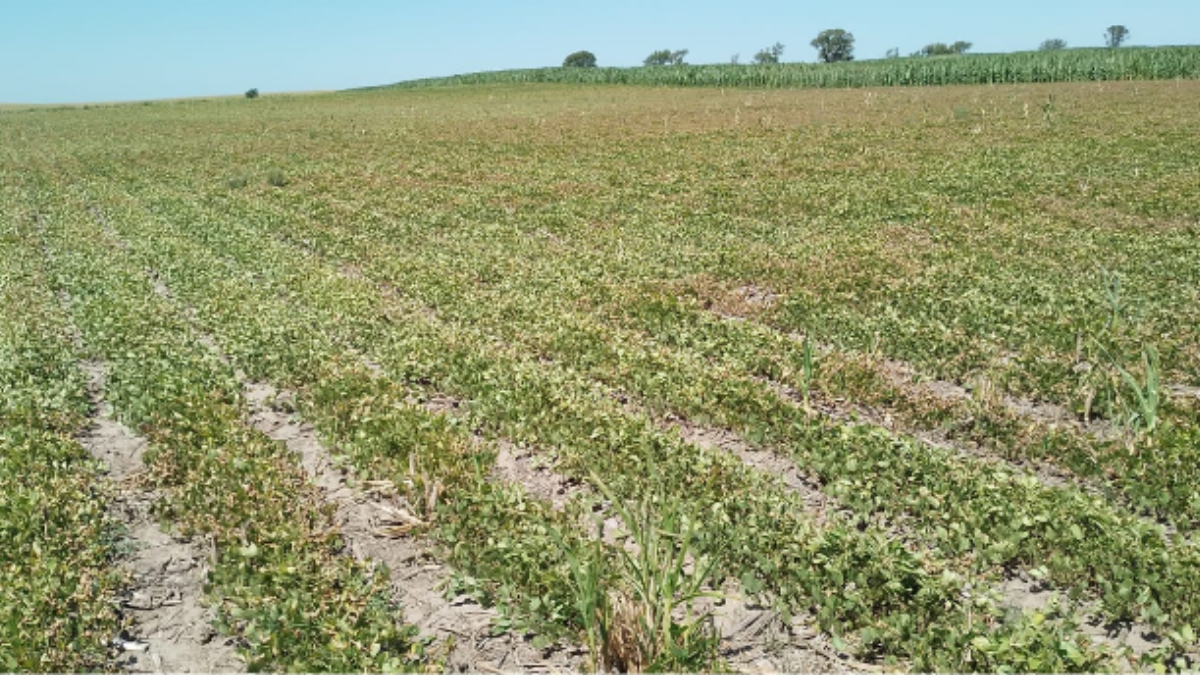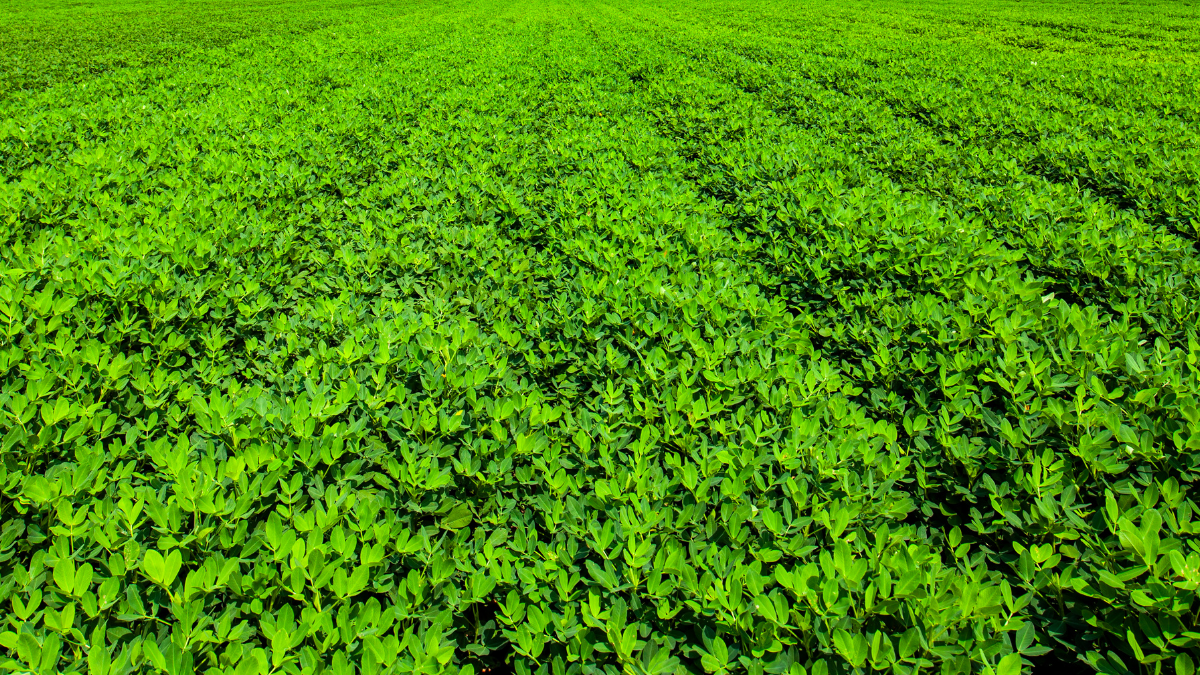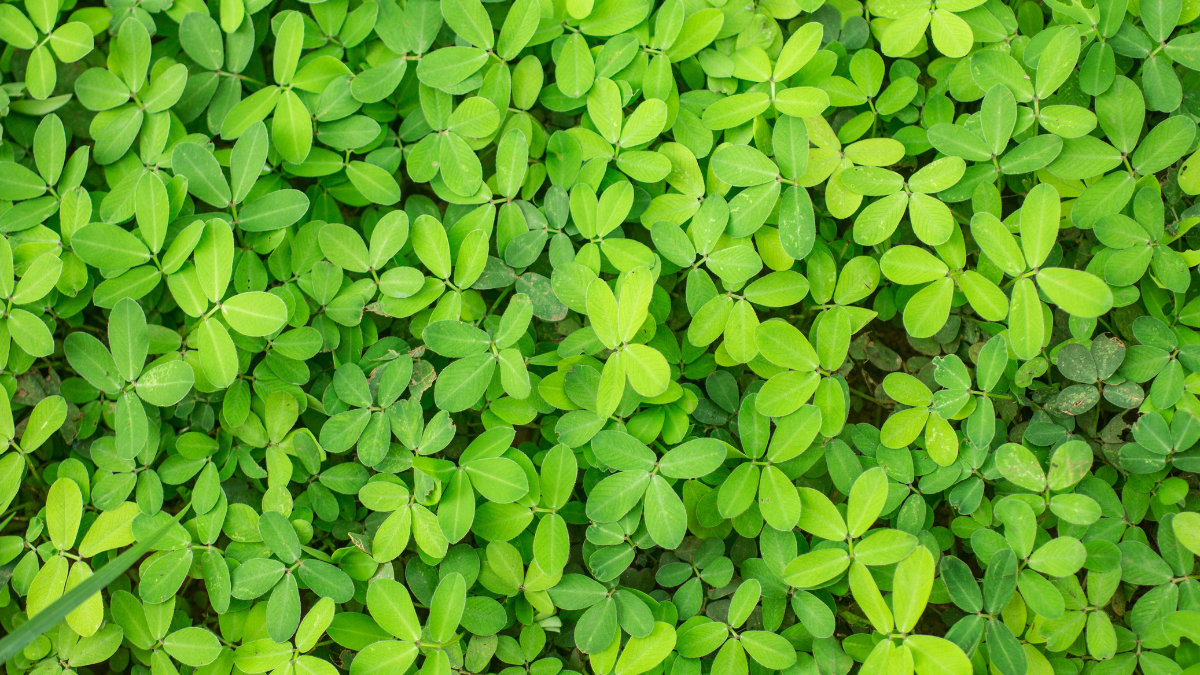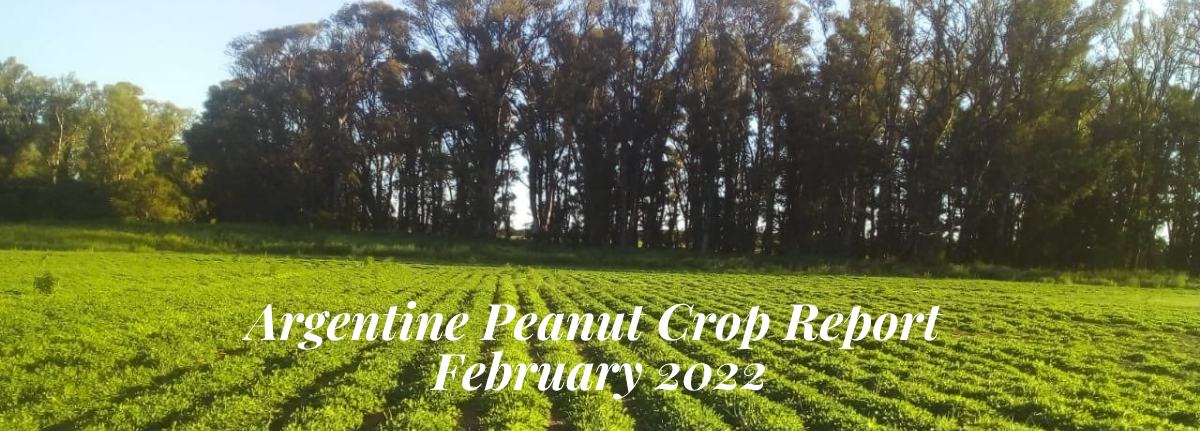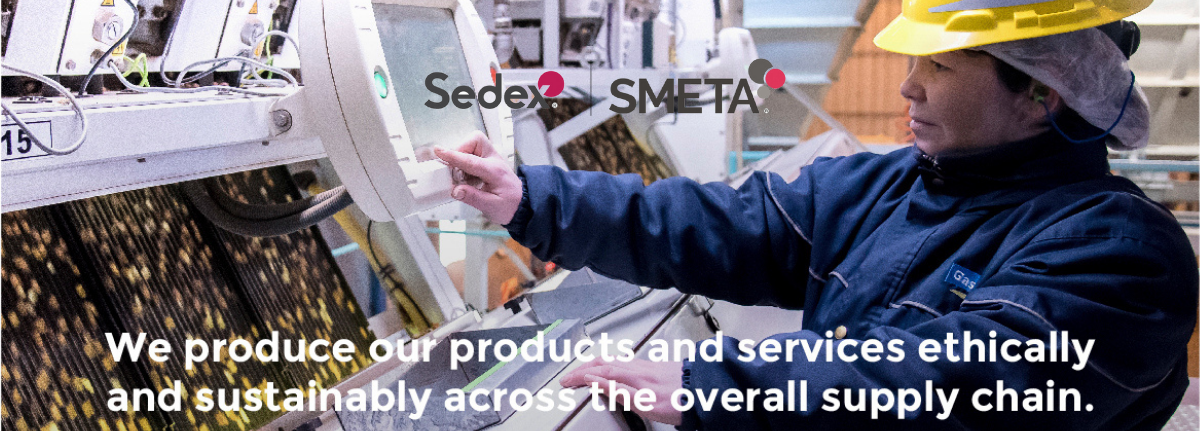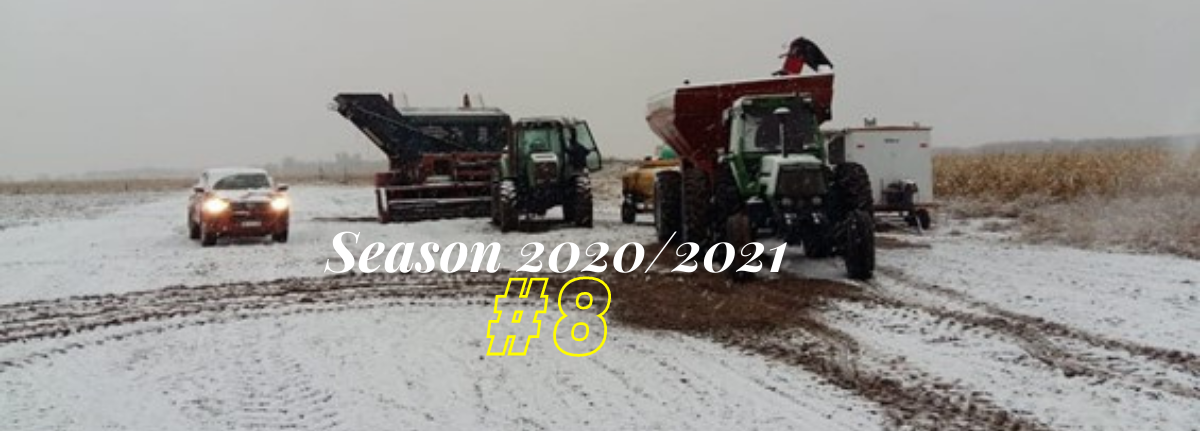
Peanut Crop Report as per January 5th, 2022
General perspective
At the end of the month of December, and with the compilation obtained from the tours of the different productive areas, we reflect the current situation of the farms destined for the harvest of the peanut crop. We report that scattered rains were recorded between areas throughout the month, in turn they were not large accumulated records. The peanut farms are currently in a temporary condition of drought stress. It is worth noting that this condition is fully reversible, provided that adequate and abundant rains are recorded in the coming months. However, extended weather forecasts predict a season of erratic rainfall, at least during the first two months of the year. Therefore, although the peanut crop is in relatively suitable condition today, it is too early to draw meaningful conclusions about the yields.
Main Peanut Area Map
The main peanut area in Argentina includes the provinces of Cordoba, La Pampa, San Luis and Buenos Aires. In general terms, it can be divided as follows:

As of today, the peanut crop is already undergoing an active stage of growth and development (Reproductive State R1-R2). We have observed that peanuts did not advance in their phenology because the TCC (growth rate of crops) had slowed compared to the previous season. This phenomenon was mainly related to the low night temperatures that lowered the soil temperatures. In recent weeks, in which night temperatures exceeded 20 ° C, the crop recovered as it actively responded to the best environmental conditions. In the last weeks of December, temperatures were recorded above normal. This gave rise to a heat wave with average maximums that exceeded 30ºC; being the Northern zone the most affected. This situation of thermal stress, added to the little rainfall that occurred during December, reflects the state of cultivation described at the beginning.
Today, it is very early to predict an average yield, but if there are rains during January and February, we could be talking about a good productive year.
As of today, the peanut crop is already undergoing an active stage of growth and development (Reproductive State R1-R2). We have observed that peanuts did not advance in their phenology because the TCC (growth rate of crops) had slowed compared to the previous season. This phenomenon was mainly related to the low night temperatures that lowered the soil temperatures. In recent weeks, in which night temperatures exceeded 20 ° C, the crop recovered as it actively responded to the best environmental conditions. In the last weeks of December, temperatures were recorded above normal. This gave rise to a heat wave with average maximums that exceeded 30ºC; being the Northern zone the most affected. This situation of thermal stress, added to the little rainfall that occurred during December, reflects the state of cultivation described at the beginning.
Today, it is very early to predict an average yield, but if there are rains during January and February, we could be talking about a good productive year.
Precipitation and temperature analysis
In general terms, we are facing a cycle with lower-than-expected rains in most of the peanut area. Localized rainfall events of variable intensity could be observed, especially in the southern, eastern and northern areas. Rains This brought relief in those areas that benefited from these records, due to the thermal and hydric stress suffered by the crops.
We observe a great zonal variability in the country with anomalies in rainfall with respect to other years. This shows that the main climate models conclude that the trend continues for La Niña year during the summer.
Between the third and fourth week of December, some storms were recorded over the South Central, East and North of our reference map. Records were isolated, but they marked values that were located in the 20-30 mm.
The departments of the North of Cordoba continue to be the most affected in terms of water deficits.

Regarding the thermal records, the December temperatures registered values higher than normal according to zonal statistics, the minimum temperatures were around 18 ° C, while the average maximum temperatures were between 31 ° C and 35 ° C. (Source SMN).
It is worth noting that most peanut areas are currently affected by significant persistence of high temperatures, reported mainly in the Central and Northern areas. These extreme heat conditions, added to other situations such as the lack of humidity in the soils given the lack of rains during the last winter and spring, contributed to creating the temporary drought condition reported for the peanut crop.
Extended forecast trends
In the following image the probabilities of occurrence of each event are modelled according to ENSO; it can be seen that the month of December (2021) ends with few probabilities of the occurrence of rain, followed by the months of January and February that show the same rainfall trend, than the previous month. The occurrence of a Niño is null, but a neutral year begins to appear from March and April 2022. Therefore, it would indicate that, if the ENSO simulation model is fulfilled, we would have a quite erratic campaign in terms of rainfall, since they could be scarce in some areas and abundant in others, this is the characteristic of these Niña models with a neutral one-year settlement.

Distribution of useful water in Córdoba

Soil moisture can be at its maximum retention capacity or field capacity (in which the extraction of water by the plants occurs without any difficulty). Between field capacity and permanent wilting point there is the range of what we call Useful Water.
The figure shows that, at the beginning of January, in the peanut area, the values are between 10% and 20% of useful water in the soil profile (temporary drought condition).
Tasks projected to the field:
The first fungicide applications began to prevent and control leaf spot. This task began in all areas of our reference map, except those that are suffering the most severe conditions of water stress.
Due to water stress, insecticide applications were increased to control the spider mite. The presence of this mite is being carefully monitored, as immediate measures must be taken if its presence grows out of control because it causes irreparable damage to the crop.
On the other hand, there is some concern since the pre-sowing and pre-emergent herbicides did not show the expected effectiveness in controlling weeds, so we deduce that in the absence of rain they were not incorporated into the soil like and is likely to be the cause of its low effectiveness. Due to the low effectiveness of the pre-emergent, it was decided to contract the work of scallop to reduce the impact of the weeds that escaped the herbicides.

Evolution of the phenological state of the crop:
Plant phenology involves the observation, recording, and interpretation of events such as the production of leaves, flowers, and fruits. In addition to studying the biotic and abiotic factors that cause or affect them. There are four main ways to study phenological phases. The first and most important is the phenotypic observation of the crops and to carry out vegetative measurements to estimate the phenological state. Based on these measurements we reach the following conclusion:

In general terms, today, the peanut crop is in an active growth stage, which indicates that in the coming days the flowering stage will become 100% general.
Peanut Development Stages
V1: first tetrafoliolate leaf
V2: second tetrafoliolate leaf
V3: third tetrafoliolate leaf
V4: fourth tetrafoliolate leaf
V – (N): one to N developed nodes on main axis
R1: beginning bloom
R2: beginning peg
R3: beginning pod
R4: full pod
R5: beginning seed
R6: full seed
R7: beginning maturity
R8: harvest maturity
Final conclusions
After visiting the different production fields, we conclude that the peanut crop is in good condition as of the date of preparation of this report. As is often the case during the Niña years, it is difficult to draw general conclusions for the whole crop, since different areas and even different fields within the same area can receive different amounts of rain, thus creating different perspectives in the same area.
Initially, we observed that the peanuts did not advance in their phenology, a process by which we noticed that the TCC (Crop growth rate) had fallen compared to the previous season, mainly related to the low night temperatures and the cold soils.
Currently peanuts are in early reproductive stages (R1 – R2).

It is observed that the peanuts planted earlier have a higher production of flowers than those lots that were planted later. In the latter, flowering will reach its maximum splendor in the next few days.
Regarding the peanut planting dates, this season they were started later than expected, it does not necessarily imply a disadvantage in terms of productivity. Given that a not so beneficial year in terms of rains is expected for this season, the stages with the highest requirements would coincide with the months with the highest probability of rains.
In terms of diseases, the first fungicide applications began to be made to prevent leaf spot.
The peanut plants are expressing some signs of stress due to the generalized drought that we are experiencing. Rains will be needed in the coming weeks; in the meantime, we are keeping an eye on the short- and medium-term forecasts, as, for the moment, the forecasts speak of an intense heat wave, with peaks of up to 42 degrees Celsius, for week 2 and weak to moderate rains, for the entire peanut area, for the beginning of week 3.




Do you have a commercial inquiry?
Other questions or comments?
Visit us
